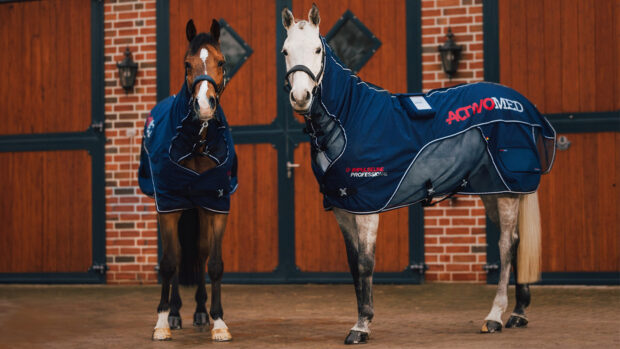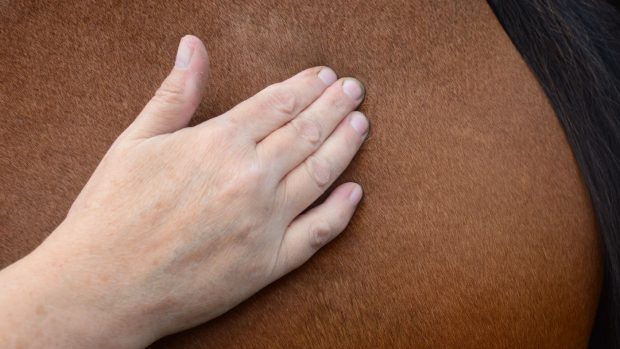Q: When my Irish/Thoroughbred five-year-old gelding is stabled at night he gets very depressed. Usually he’s the most friendly and placid horse. How can I lighten his mood?
Cathy Tindall replies: Horses, by nature, were never designed to stand in small confined spaces, but to roam freely on the plains.
With our intervention their lives have changed and, in order to live with this, horses have had to adapt.
Some deal admirably with the “indoor” lifestyle, but for others and their owners it can be troublesome.
You could invest in a horse toy to keep your gelding occupied, and use a haynet with small holes, so it takes him longer to eat his hay.
You could also try these TTeam calming exercises to reduce stress in the stabled horse. These are techniques that you’ll need to practise:
- Ear work: There are many acupuncture points in the ear so, by working them, you can affect the whole body. Firmly, but gently, rub the tip of the ear between thumb and index finger – this is the anti-stress point that will help quieten and calm your horse. Work each ear for several minutes.
- Mouth work: By rubbing your horse’s gums you will be connecting to the emotional part of his brain, which will help calm him. At first he may show signs ofnot liking this, but do persevere. Once a horse begins to like it, his eyes glaze over, his head drops and he may let out a sigh or a yawn.
- The wand: Stroke a long dressage stick over your horse’s body in continuous, even movements. Cover every part of his body as if painting him. Apply firm pressure so the stick bends slightly in the middle. This will ensure it is not too tickly.
By using this method of wiping the dressage stick over his body, you will help your horse cope with his confinement and you may even find he lowers his head and doses off.
TTouch was created by internationally-known animal expert Linda Tellington Jones. It consists of a series of circular clockwise touches performed on the skin, which can be performed in set patterns or just where your hand takes you. The whole body can be touched including the hairless underside of the dock, the belly and even the soles of the feet.
For more information, visit www.lindatellingtonjones.com



